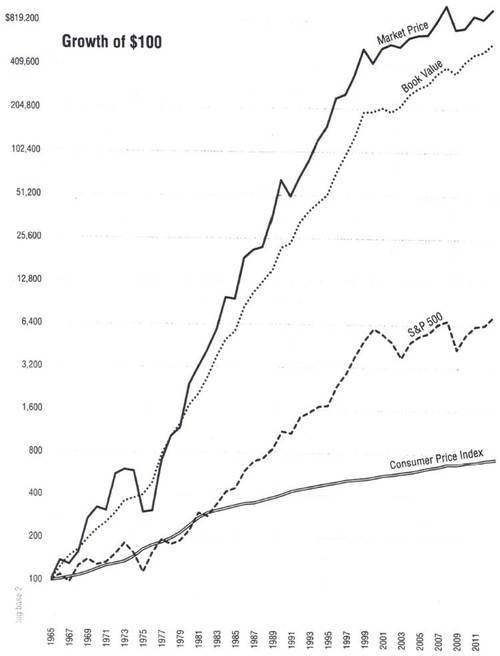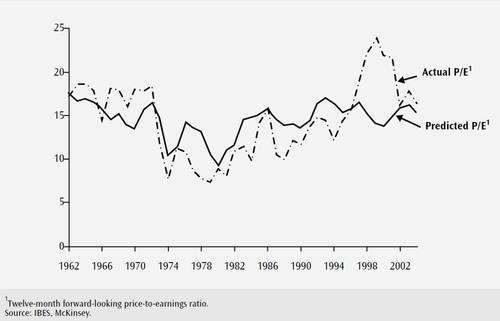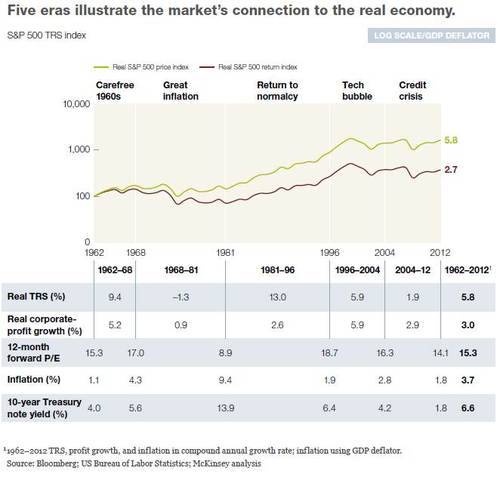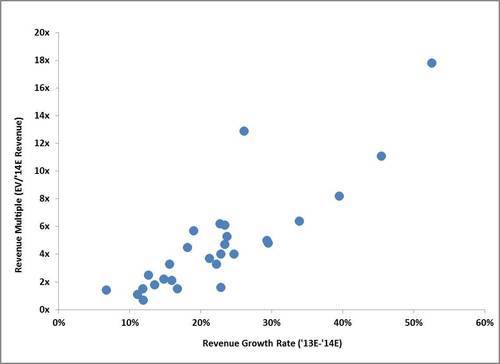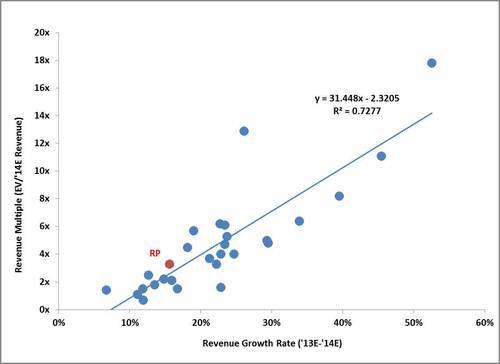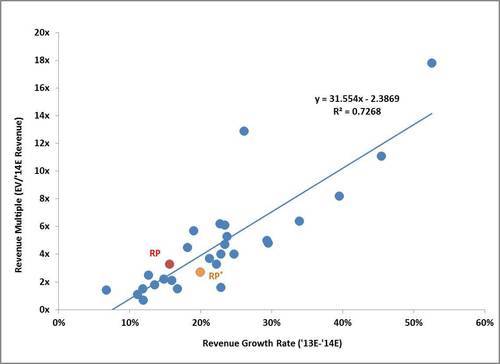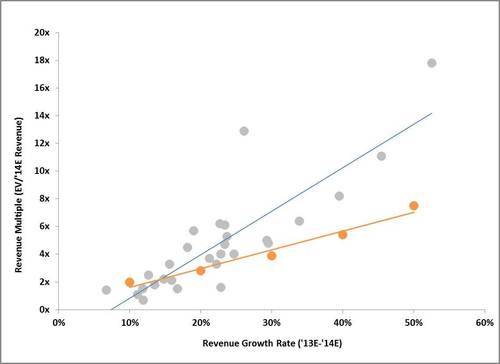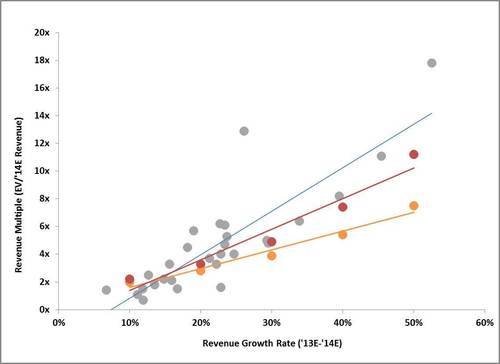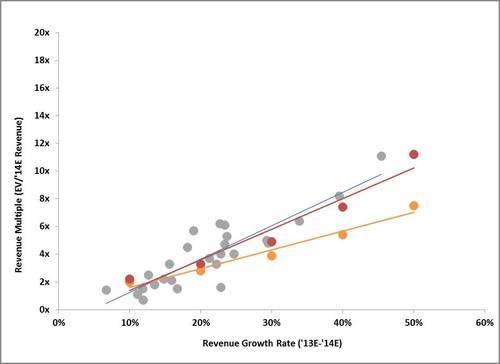I’m reading Creative Capital by Spencer Ante. It’s a biography of Georges Doriot, who in 1946 founded American Research and Development Corporation (ARD). It was one of the first venture capital firms, and it was the first to have an institutional base or to focus on technical ventures.
ARD’s biggest success was Digital Equipment Corporation in which it invested $70,000 in 1957. After the company’s IPO in 1968, ARD’s stake was worth $355 million.
But Doriot was a fascinating person in other ways. From 1946 to 1966, he was widely considered by many to be the most popular professor at Harvard Business School, not because his class was fun but because it was hard and taught students how to think.
In a predecessor to the case method at HBS, he had students write two reports: a topic report and a company report.
The topic report asked students to write a report on “a subject of your own choosing which will be a contribution to the future of American business,” but there was a twist: they had to imagine the impact of the problem, product, or technology ten years in the future.
The company report made students learn the nuts and bolts of a business by actually working with local manufacturing companies. For half a year they’d study companies up close.
Doriot on why he had them do that:
Up until that time when the students read that the price of copper went up, to them it was just statistical information which they might feed back to the teacher. In this case, I want them to say, “What does it mean?” And also very important, “What do I do about it?” I want them to learn to have pains in the stomach, you see what I mean?
This idea of really challenging people to help them grow is a theme throughout the book.
Georges Doriot was a thirteen-year-old boy in his home country of France when he placed second in his class. He was excited and raced home to show his parents the certificate he received. His mother, Camille, gave him a hug and baked him cookies. But when his father, Auguste, came home and saw the certificate, Ante describes a very different reaction:
In stark contrast to Camille, Auguste seemed unimpressed with his son’s award. He acknowledged the certificate with only a cursory glance, nodded perfunctorily, and then fixed his son with one of those chilling stares of appraisal. “And why not first?” asked Auguste.
The story goes on to describe how upset Georges was at this. He ran to his room bewildered and humiliated.
Ante describes how Georges recounted the experience to a friend many years later:
His father…was not concerned that Georges had failed to achieve first place honors in his class at Ecole Communale. No, he was concerned that Georges was happy placing second. To Auguste, a famous automobile engineer who had raised his children to strive for excellence in everything they did, celebrating anything less than the best possible result smacked of contentment. And contentment, Auguste believed, is a state of mind that recognizes no need for improvement.
Georges apparently told that story often because many that knew him felt the experience played a large role in what he achieved later life. And the key point is worth repeating:
Contentment is a state of mind that recognizes no need for improvement.
This resonated with me for many reasons. My father was like this as well. It had a big impact on me, and I believe it’s the right approach. Yet, I’m seeing many indications that cultural norms are moving in the other direction. In both the parenting and professional realms, I see people giving less feedback, particularly negative feedback, and being less clear about what they expect.
On parenting, I’ll make the perhaps controversial statement that I thought Battle Hymn of the Tiger Mother was a great book. It was well-written and entertaining. But more importantly, I respected Amy Chua’s approach. She expected the best from her children and pushed them to achieve it. She approached her interactions with her children assuming strength on their part, not weakness. She openly acknowledged throughout those years that the cultural norms around her were different. She actively and thoughtfully dismissed them, and she was happy to tell you why. (If you missed this controversy, read the WSJ article.)
In the professional world, I’m surprised how little I see people giving direct, timely, and thoughtful feedback, both good and bad. Early in Creative Capital, the book describes the career of Georges Doriot’s father, Camille. He was a brilliant automotive engineer at Peugeot, and he was actively mentored by Armand Peugeot on all aspects of the business, ultimately starting his own company.
Apprenticeship is the most natural way to learn, and yet it seems people are becoming loath to giving feedback. I just don’t hear it very often. I believe the right model has two interrelated pieces:
1. Frequent, even daily, feedback. These are immediate observations on what went well and what could have been better. For example: “You responded poorly to a question in that presentation. It sounded like you were ill-prepared, but I think if you had just paused a beat or two, you would have made a bigger impact.”
2. Periodic reviews. I think yearly reviews are too infrequent. In the quarterly reviews, you highlight common positive and negative themes (i.e., connect the dots from what should by then be a large amount of feedback) and review milestones and achievements (or the lack of them). The quarterly review could still be less involved than the more significant, but quarter reviews seem about the frequency to tie together trends, give higher level feedback, and evaluate (and potentially redirect) progress towards goals.
In both of these worlds—parenting and professional—I believe these behaviors can have immense impact if there’s a genuine desire to see the person succeed. With parenting, I’d like to believe that’s obvious. You want to see your kids succeed. In professional settings, I see that vary much more.
The other related element is expectations. People have to believe that mistakes are a necessary step to growth. Negative feedback shouldn’t be perceived as a knock. It isn’t personal. Every single person that has achieved something significant made missteps along the way. Those missteps are a necessary ingredient for growth. You need to at least learn from them on your own. But if someone else can help you do so with even more effectiveness, all the better. So if you can defuse the inherently defensive, painful nature of feedback, there’s tremendous opportunity for growth.

